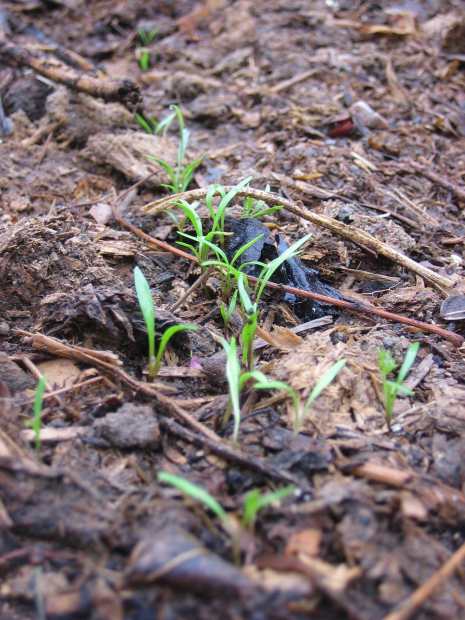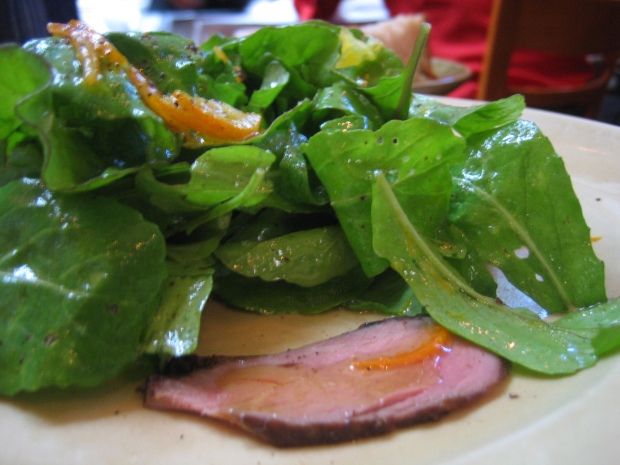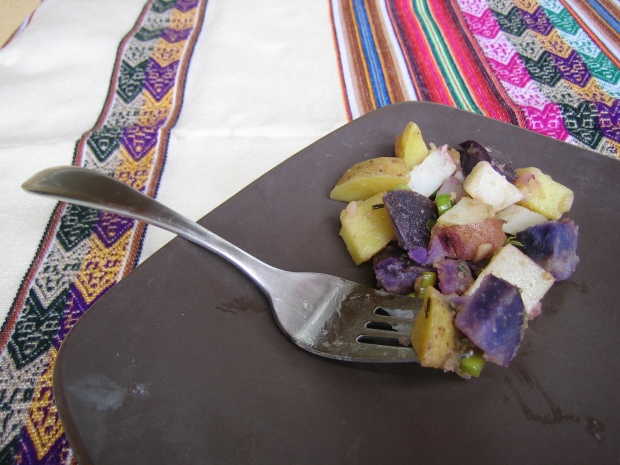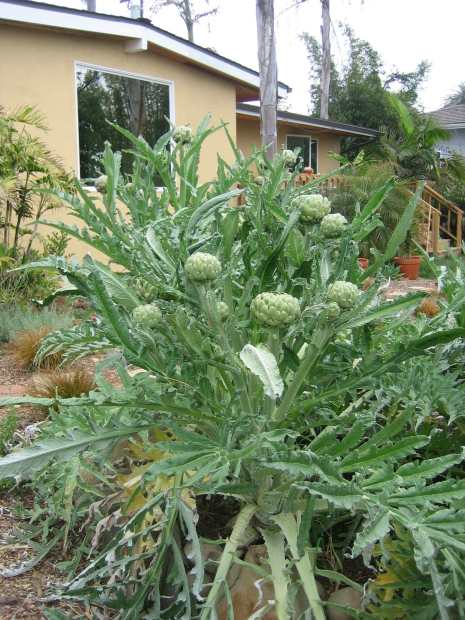
The other week, I pulled a big handful of carrots from the garden. We try to plant carrots every few weeks so that we have a constant harvest throughout the year, and they are often mixed in with other vegetables (carrots grow well with just about anything). Carrot seeds require constant moisture to germinate, so when we get spells of dry hot weather it is almost impossible to keep the soil consistently moist, and they just won’t grow! But then we’ll get a good rain, and all of a sudden we get lots of carrot seedlings popping up, sometimes in unexpected places.


One of my favorite go-to recipe websites is 101 Cookbooks. Heidi Swanson posts a great collection of interesting vegetarian recipes using whatever is in season at the moment, and it is the simplicity (and deliciousness) of the results which keeps me coming back time and again. Her recipe for a carrot soup caught my interest, I happened to have all the ingredients on hand, and it was nearly lunchtime. The recipe calls for fresh lemon juice, and luckily a friend had just dropped off a pile of Meyer lemons from her tree (by the way, if you’ve never had a Meyer lemon – they are unlike any you’d had. Tangy and brightly flavored yet not bitterly sour, you could almost eat them straight!). After I had made the soup, I decided to add potatoes for a little extra chunk and thickness, which I thought made it slightly more filling and even better.

In the notes for the original recipe, Heidi mentions that an oregano pesto would make a good topping. After some Google searching, I found an oregano pesto recipe at Food&Wine (original found here). Fortunately, the herb garden is in full swing so I was able to harvest some fresh oregano, and I added some fresh marjoram and parmesan/romano cheese as well to round out the flavor.

Carrot-Potato soup
1 1/4 lbs carrots
+/-8 fingerling potatoes (or 2 medium-sized potatoes)
1 tablespoon extra-virgin olive oil
2 medium cloves garlic, minced
1 large yellow onion, chopped
3 cups+ vegetable stock or water
Juice of 1/2 a lemon (Meyer if possible)
fine grain sea salt (to taste)
Take the tops off the carrots and scrub them (I don’t usually peel mine unless they are really dirty looking). Cut the carrots and potatoes into 1-inch segments and set aside. Heat the olive oil in a large, heavy soup pot over medium heat. Add the garlic and onions and saute for a few minutes until the onions start to get translucent. Add the stock, carrots and potatoes and bring to a gentle boil. Lower the heat and simmer for 20-30 minutes or until the carrots and potatoes are tender. Try not to overcook. Remove from heat and cool for a few minutes.
Puree with a hand blender, either completely smooth or leave it a little chunky, then stir in the lemon juice. Salt to taste until the flavor pops.
Finish with a drizzle of the oregano pesto (see recipe below). Serves about 4.
Oregano Pesto
1/4 cup plus 3 tablespoons extra-virgin olive oil
2 tablespoons chopped oregano
2 tablespoons chopped parsley
2 tablespoons chopped marjoram
1 small garlic glove, minced
kosher salt
parmesan/romano cheese
In a mini-food processor or using a hand blender, combine the olive oil with the herbs and garlic. Pulse to a coarse puree. Season with salt and parmesan cheese. Add more herbs if it looks really runny and you want to thicken it up. *Recipe makes more than you’ll need for the soup, and tastes great in sandwiches or as a salad dressing.




















